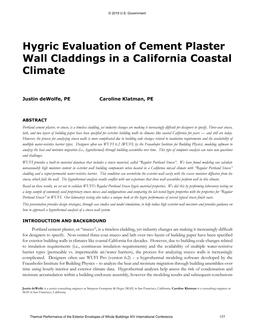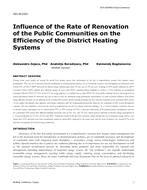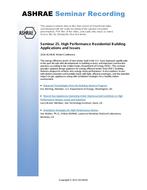Demand-Controlled Ventilation (DCV) is a ventilation control strategy that provides automatic reduction of outdoor air intake below design rates when the actual occupancy of spaces served by the system is less than design occupancy. This research aimed to: 1) develop the fundamental equations for CO²-based DCV; 2) propose CO²-based and occupancy sensor-based DCV for multiple-zone HVAC systems; 3) evaluate the proposed DCV control strategies with energy simulation and airflow simulation.
First, the validity of assumptions underlying CO²-based DCV was verified. The literature review concluded that: 1) since the CO² generation rate and odor generation rate are proportional, the zone-to-discharge differential CO² concentration can be used as a signifier of human odors in a space; 2) the bioeffluent generation rate is proportional to the number of occupants and their activity levels; 3) CO² sensing can be used to estimate the strength of occupant-related contaminant sources.
Product Details
- Published:
- 2014
- Number of Pages:
- 178
- File Size:
- 1 file , 4 MB
- Product Code(s):
- D-RP-1547


